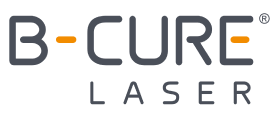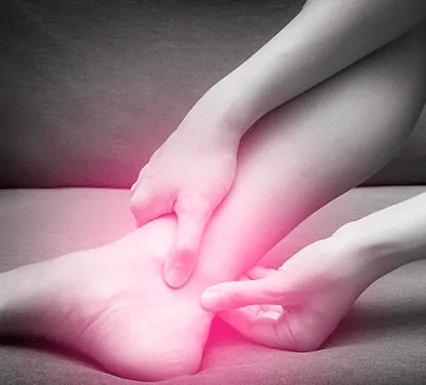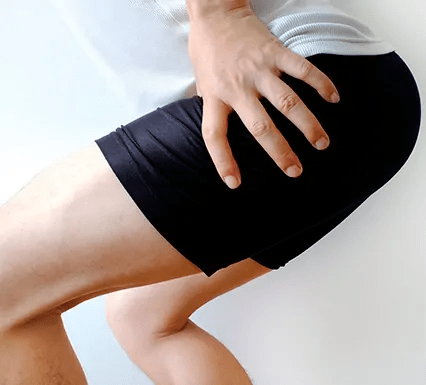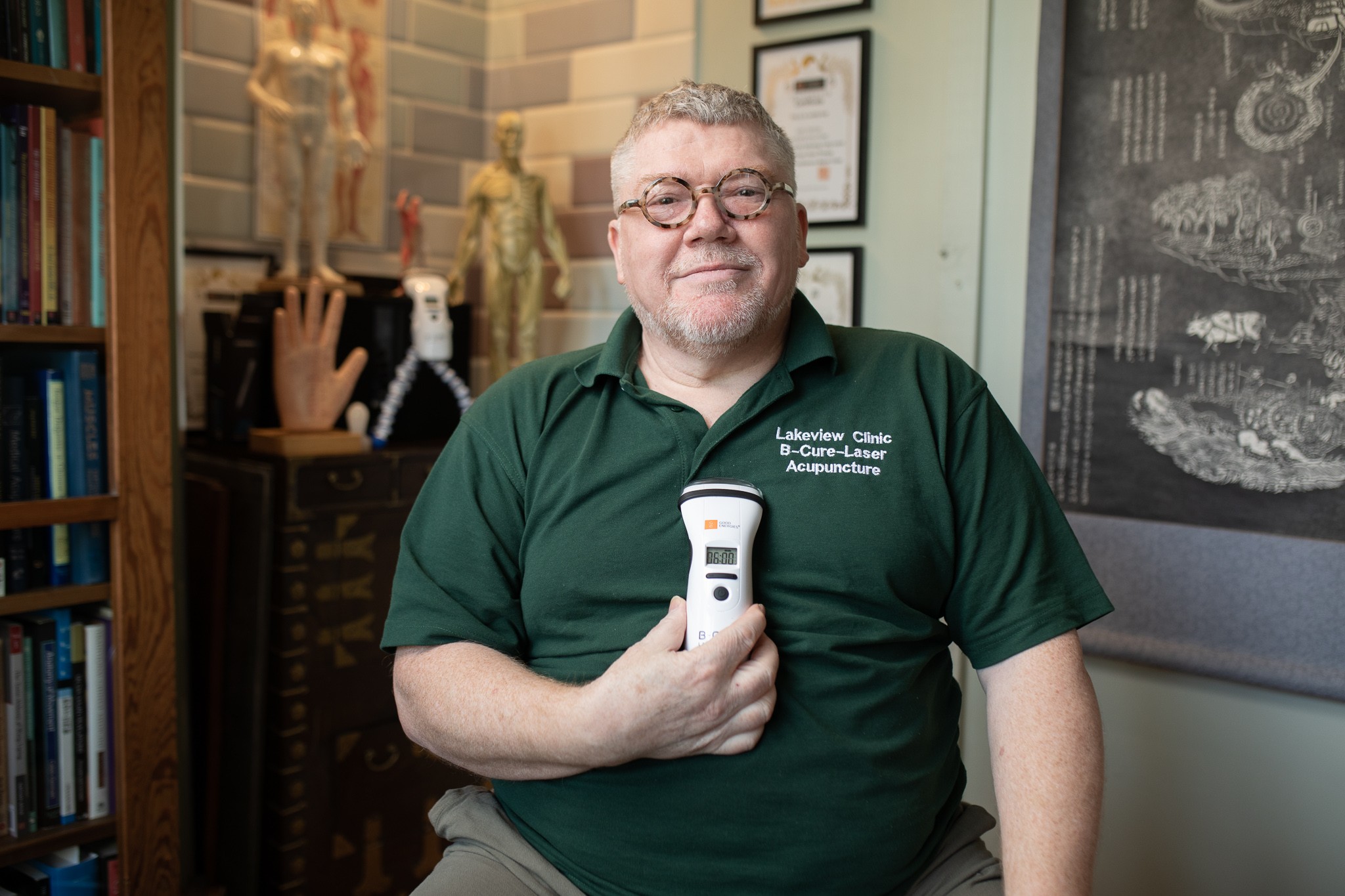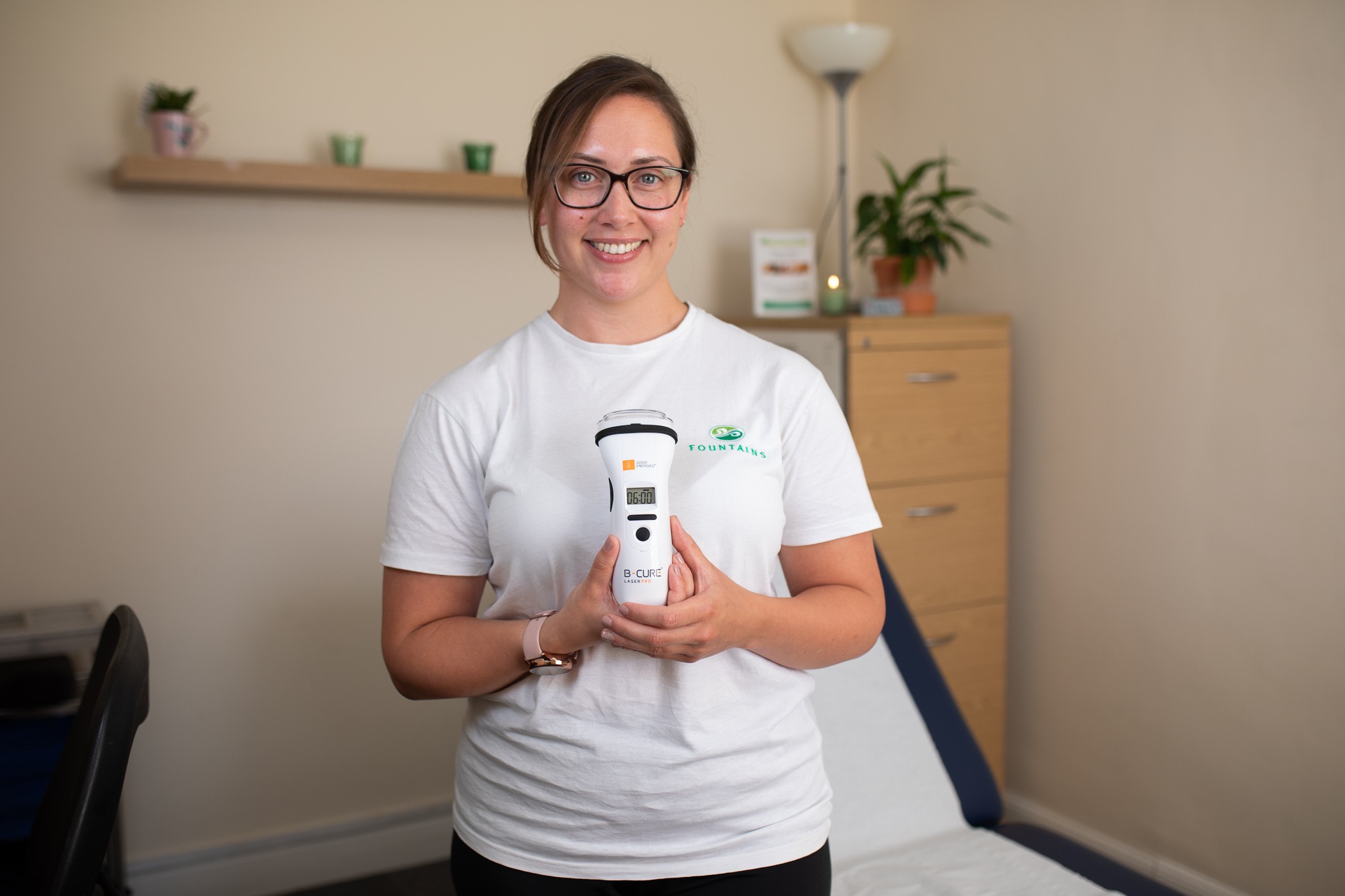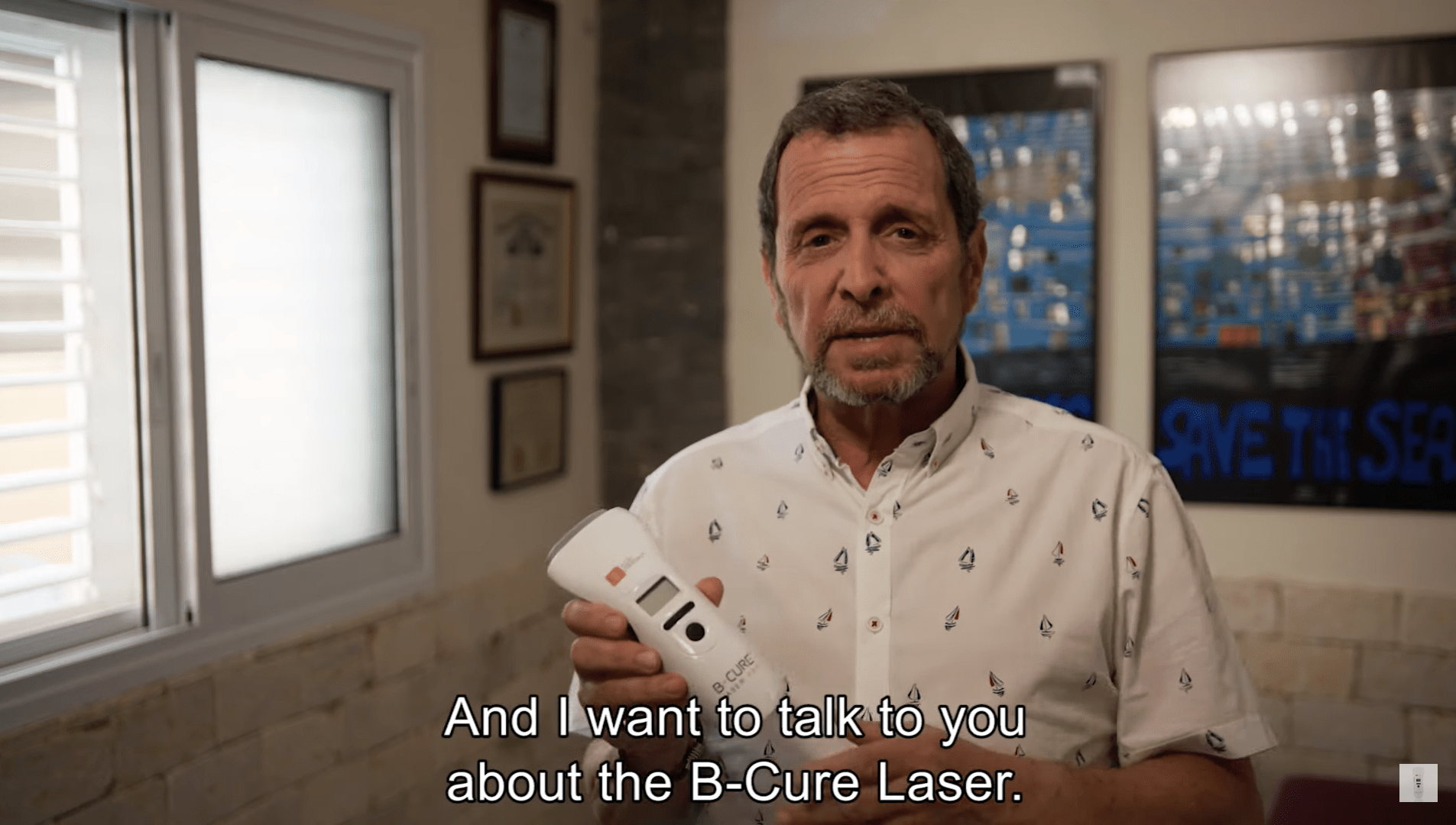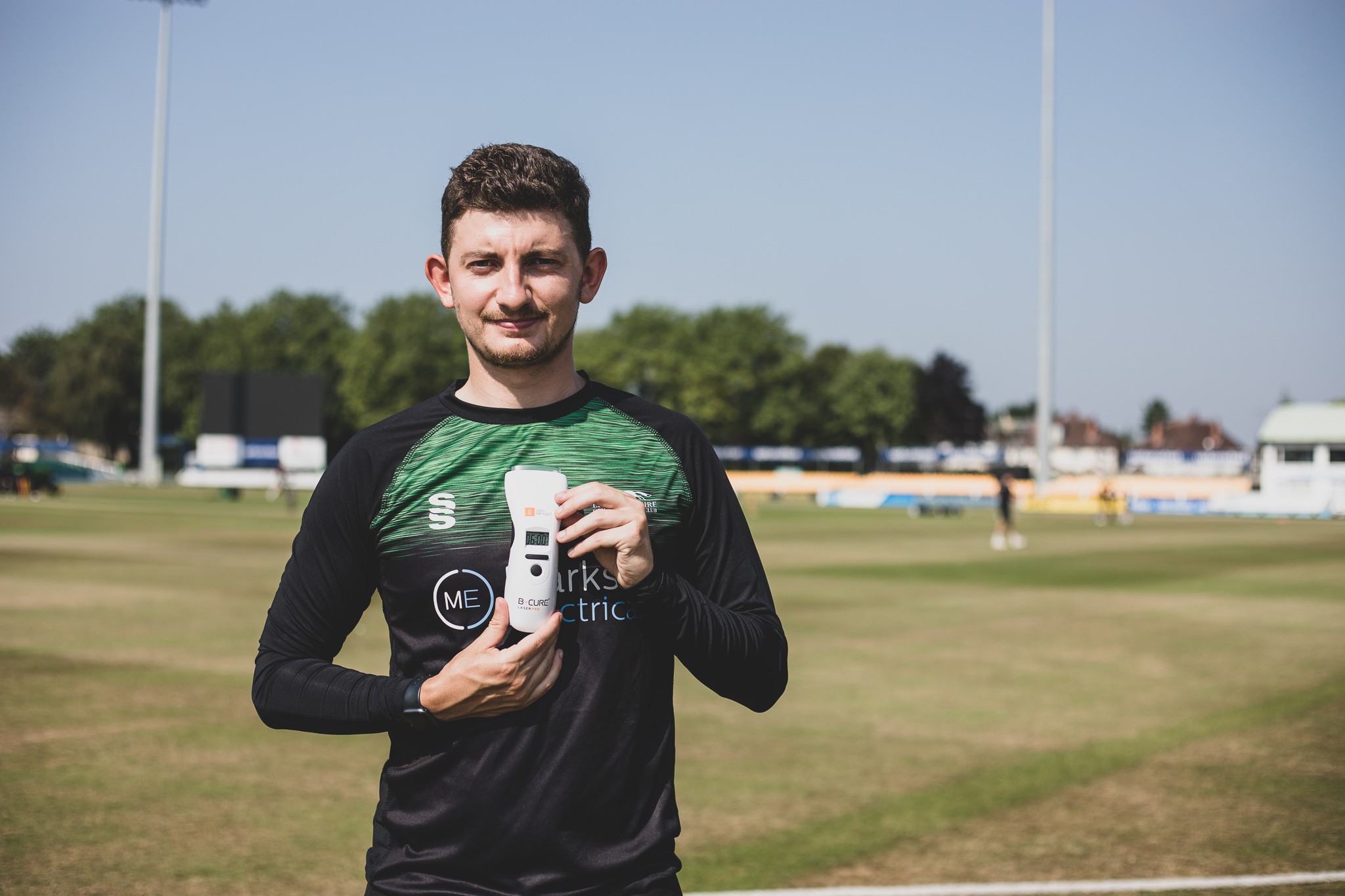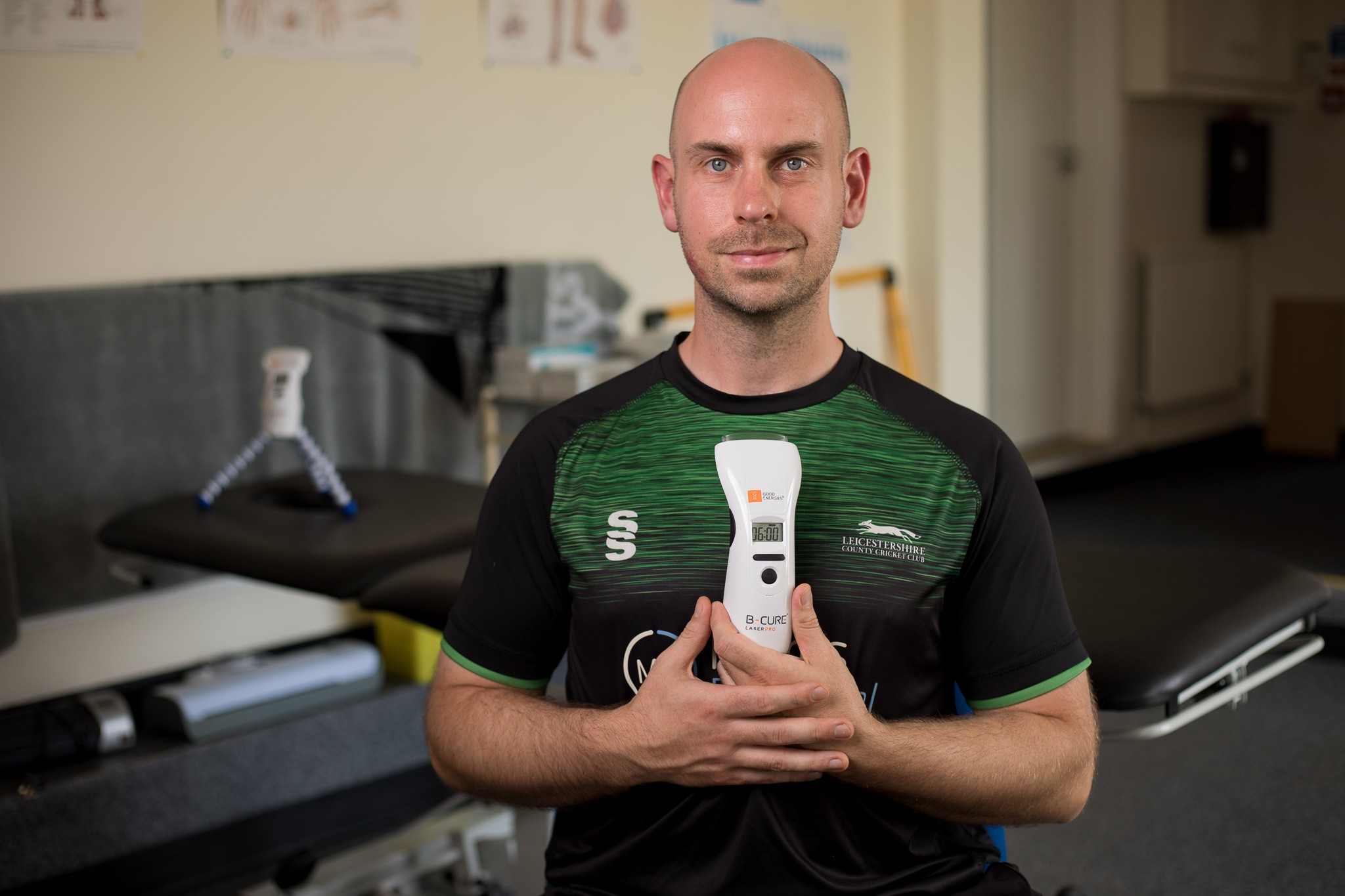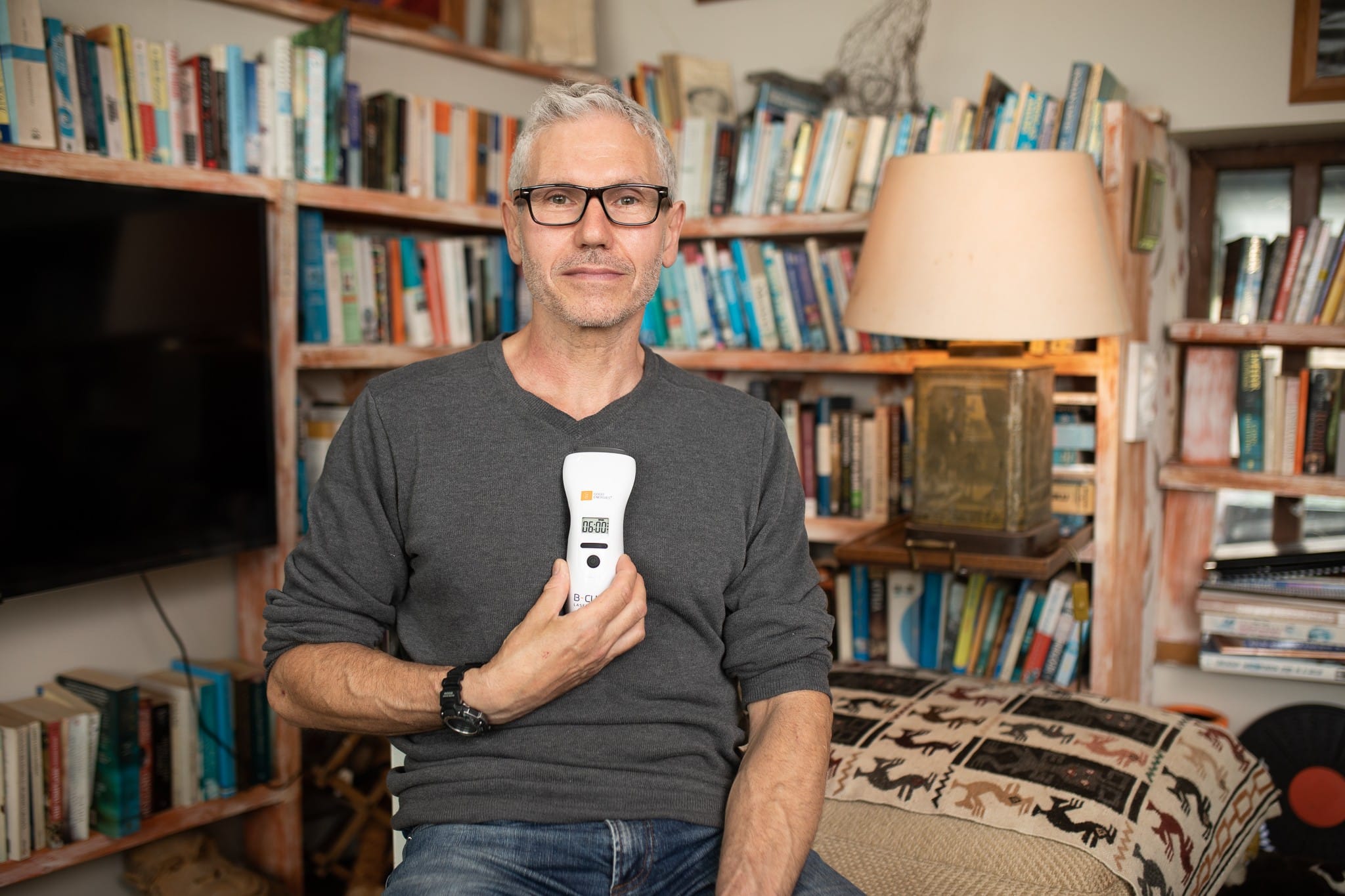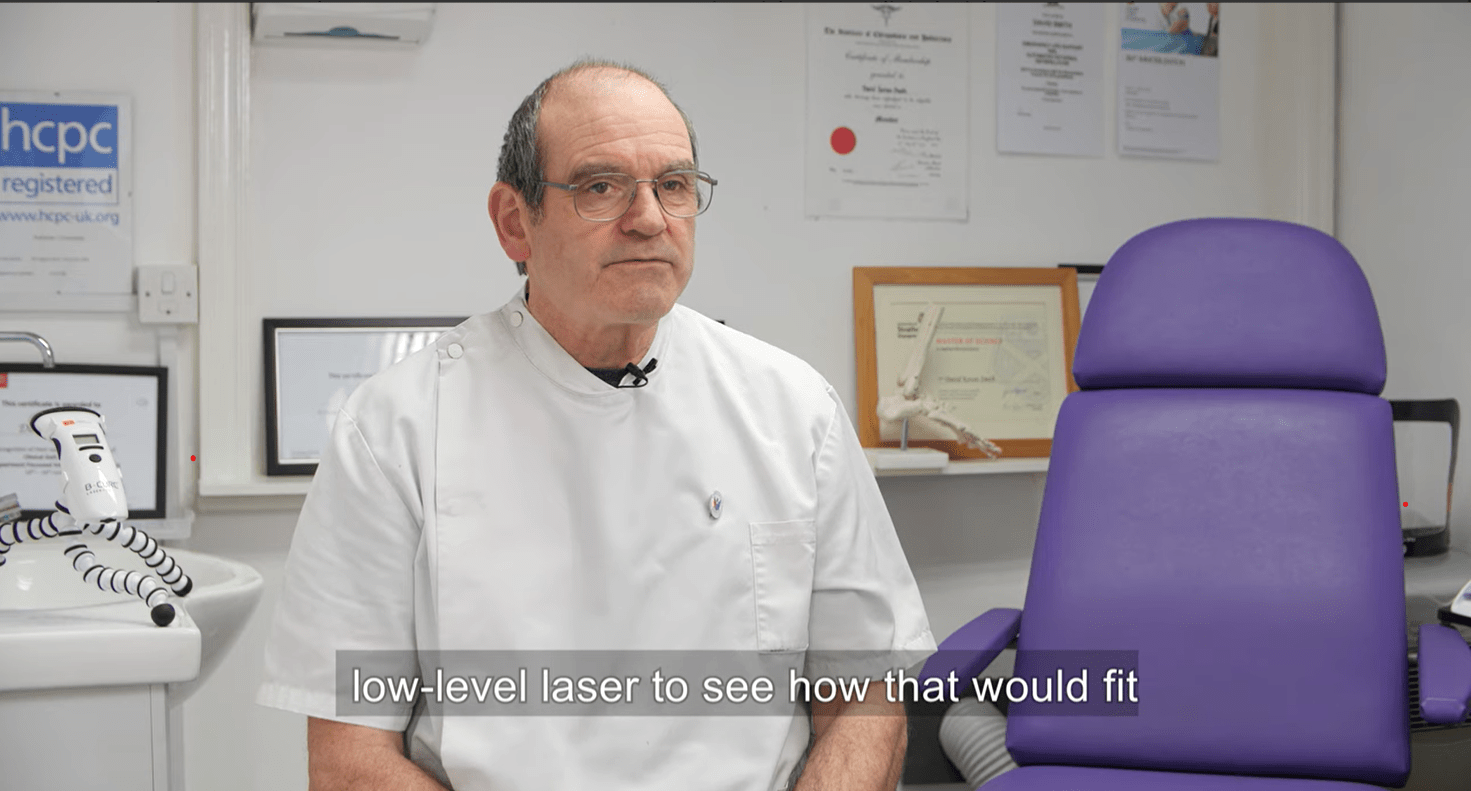Statistics indicate that up to 12% of people in the UK will experience the discomfort of temporomandibular joint disorder (TMJ) or some form of jaw joint pain at some point in their lives.
The temporomandibular joints connect the jawbone (mandible) to the skull (temporal bone), facilitating the opening and closing of the jaw. This function is essential for comfortable speech and eating.
Causes for temporomandibular joint disorder (TMJ)
Many factors contribute to pain in the jaw muscles. Stress and anxiety can cause discomfort, while physical injuries and trauma, such as those from a car accident, can also result in joint pain. Some seemingly benign actions, like prolonged deep yawns, teeth grinding during sleep, and extended dental sessions requiring patients to keep their mouths wide open, can also be triggers.
Numerous studies have found that the primary causes of jaw muscle pain are para-functional, meaning they stem from incorrect and excessive use of the joint. This includes behaviors like teeth grinding (bruxism) and jaw clenching.
Frequent clenching and grinding of the teeth can lead to chronic jaw pain, headaches, and facial muscle discomfort. This condition is known as Temporomandibular Disorder (TMD) or temporomandibular joint syndrome (TMJ).
What are the symptoms of temporomandibular joint disorder (TMJ)?
Pain in the jaw, alongside facial pain, ear pain, and headaches, can also lead to pain in the joint itself.
Treatment options for temporomandibular joint disorder (TMJ)?
Treatment for this disorder typically involves a combination of several options. Specifically, these include medication, physical therapy, dental braces, and dietary changes, such as eating softer foods and avoiding those that put pressure on the joint, like chewing gum.
B-Cure Laser, based on Low-Level Laser Therapy (LLLT), is an alternative treatment that has proven effective for chronic temporomandibular disorder (TMD) and temporomandibular joint syndrome (TMJ).
How does B-Cure Laser work?
As an LLLT-based device, the B-Cure Laser exerts photochemical effects on living tissues rather than thermal effects. It operates on the skin surface while penetrating deeply through the skin tissue without heating or damaging it. This laser treatment promotes the accelerated production of Adenosine Triphosphate (ATP), a process known as ‘biostimulation.’
The B-Cure Laser enhances blood circulation, thereby increasing the delivery of oxygen, glucose, and various nutrients to the affected muscles. It stimulates the body’s healing processes and speeds up recovery time.
The device’s protons stimulate collagen production, enabling ligaments and tissues to grow stronger and faster.
Additionally, the laser reduces free radicals and oxidative stress.
B-Cure Laser increases cell metabolism and provides effective pain treatment for the jaw joint (TMJ).
Video: How does B-Cure Laser work? Technology & Innovation
Research and evidence from two clinical studies in Italy demonstrate the efficacy of the B-Cure Laser for treating this disorder.
A clinical study with 90 subjects carried out in Sapienza University of Rome, revealed that the efficacy of B-Cure Laser is identical to that of treatment with standard medication for pain reduction of the TMJ.
The outcome of the Rome study highlights the significance of B-Cure Laser’s non-invasive and safe treatment, which empowers people to manage TMJ pain at home with confidence that there are no side effects.
A study* of the treatment of pain in the TMJ with B-Cure Laser was effective in significantly reducing the level of pain intensity by over 50% in only two weeks. Meanwhile, a placebo group showed only an 8% reduction.
*November 2014 Parma University, Italy.
The benefits of B-Cure Laser for the treatment of temporomandibular joint disorder (TMJ)
- Reduces chronic pain with regular use
- Non-invasive and non-surgical treatment
- Suitable for all ages
- No known side effects
- Clinically proven by many studies
- Easy and safe for home use
Videos: Professional Recommendations
Treatment protocol
Place the device along the jaw joint, next to the ear for 8 minutes.
Upon concluding the treatment set the device for an addition 8 minutes and place it over the width of the jaw. Open the mouth slightly during treatment. This opens the joint and increases the efficacy of the beam penetration.
To find out more about other health conditions that B-Cure Laser can help manage pain with, see our Treatment Areas channel.
